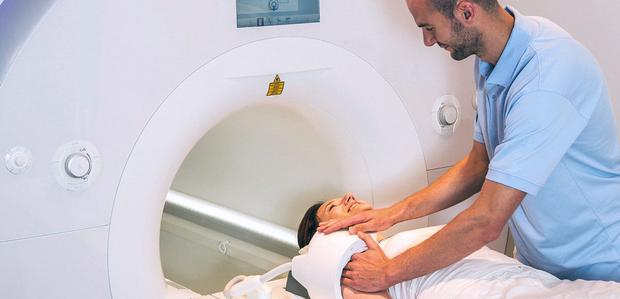Unveiling Chennai's Premier Interventional Radiology Expert at Gleneagles Clinics, Adyar

In a city renowned for its medical excellence, it's vital to find the best interventional radiology doctor in Chennai. Your search ends here at Gleneagles Clinics, Adyar, where we introduce you to a leading expert dedicated to transforming lives through cutting-edge interventional radiology procedures. Let's delve into the world of advanced medical interventions and the skilled practitioner behind them.
Setting the Stage for Excellence
At Gleneagles Clinics, Adyar, we take immense pride in our commitment to providing unparalleled healthcare services. Our Interventional Radiology department stands as a beacon of innovation and compassion in the heart of Chennai. Driven by our unyielding dedication to patient well-being, we're honored to introduce our foremost interventional radiology specialist, who has earned a stellar reputation for exemplary care and results.
Meet Our Experts
Distinguished by a wealth of experience, our doctors excel in interventional radiology luminary with a profound commitment to advancing medical solutions. Specializing in minimally invasive procedures, our doctors have made a mark in treating a wide range of conditions. Our doctors are your go-to expert for interventional radiology in Chennai, and here's why:
Unparalleled Expertise
Our doctors possesses unparalleled expertise in interventional radiology techniques. Their extensive experience, combined with a passion for precision, ensures that each patient receives the best care possible.
State-of-the-Art Technology
Our facilities at Gleneagles Clinics are equipped with state-of-the-art technology, allowing our doctors to deliver cutting-edge interventional radiology treatments with utmost precision and safety.
Patient-Centric Approach
The hallmark of our doctor’s practice is his patient-centric approach. He believes in open communication, ensuring that patients are well-informed and at ease throughout their medical journey.
A Wide Spectrum of Services
Our doctors provide a comprehensive range of interventional radiology services, catering to various medical conditions. From vascular procedures to cancer treatments, excels in every aspect of his field.
Exceptional Results
The results speak for themselves. Our doctors commitment to excellence has translated into countless success stories, with patients experiencing remarkable improvements in their health and quality of life.
Your Path to Optimal Health
When you choose doctors at Gleneagles Clinics, Adyar, you're choosing a path to optimal health and well-being. His dedication to staying at the forefront of interventional radiology, coupled with his empathy and care for his patients, is what sets our doctors apart as Chennai's best interventional radiology doctors.
Our Doctors
View all
Dr Viswanth T
Senior Consultant
MBBS, MD
- What is interventional radiology?
Interventional radiology is a medical specialty that uses minimally invasive procedures, guided by imaging techniques like X-rays and ultrasound, to diagnose and treat various medical conditions. It is a less invasive alternative to traditional surgery.
- What conditions can be treated through interventional radiology?
Interventional radiology can be used to treat a wide range of conditions, including but not limited to vascular diseases, cancer, uterine fibroids, kidney and liver diseases, and more.
- Is interventional radiology a safe alternative to traditional surgery?
Yes, interventional radiology is generally a safe and minimally invasive option for many medical conditions. It often leads to quicker recovery times, reduced pain, and fewer complications compared to traditional open surgery.
- What should I expect during an interventional radiology procedure?
During an interventional radiology procedure, you will be awake but may receive local anesthesia to numb the area. Doctor will use real-time imaging to guide a catheter or other medical instruments to the affected area. Most procedures are relatively painless, and patients can often return to their normal activities shortly after.
- Are the results of interventional radiology procedures long-lasting?
The duration of results can vary depending on the specific condition being treated. Doctor will discuss the expected outcomes and any necessary follow-up care during your consultation. Many patients experience long-lasting relief from their symptoms.
FAQ
Why Choose Us
-
Patient Experience
Your care and comfort are our top priorities. We ensure that the patients are well informed prior to every step we take for their benefit and that their queries are effectively answered.
-
Latest technology
The Gleneagles Hospitals' team stays up to date on the advancements in medical procedures and technologies. Experience the Future Healthcare Technologies now at Gleneagles Hospitals.
-
Providing Quality Care
Strengthening lives through compassionate care, innovative therapies and relentless efforts. It reflects in the DNA of our passionate team of doctors and dedicated clinical staff.







